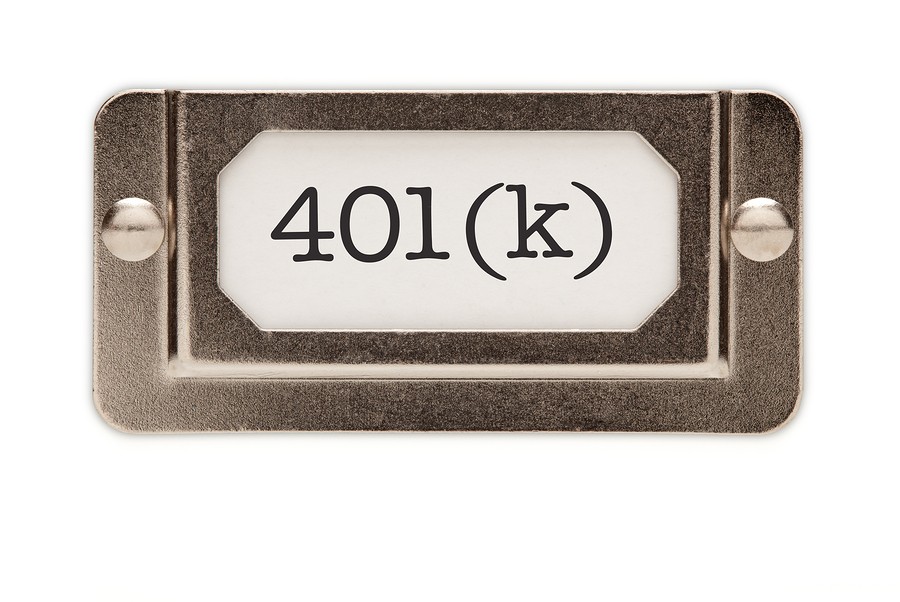Targetdate funds Targetdate funds popular but are they best choice
Post on: 18 Август, 2015 No Comment

For young investors, an all-in-one strategy continues to grow in popularity.
Among young new hires, 40 percent of 401(k) balances were in target-date funds at the end of 2011, up from 35 percent at the end of 2010.
The growth may not be surprising: Target-date funds are the default option in most employer-provided retirement plans now.
But as balances grow, it’s worth considering if the funds are really the best option for you.
The pros
Target-date funds simplify the process of putting together a diversified portfolio that’s appropriate for your retirement age.
Broadly, the funds own stock and bond mutual funds. But within those categories, you get further diversification: large and small U.S. stocks, international equities and investment-grade bonds, for example.
Target-date funds can make a lot of sense, particularly for folks who may not have a lot of investing experience and not know how to select from a set of investing options in their 401(k), said Josh Charlson, a senior mutual fund analyst at Morningstar, an investment research firm.
He added: It takes care of diversification and rebalancing over time.
Granted, within target-date funds, young investors will find that most of their money is invested in stocks (about 90 percent, on average, according to Morningstar). But over time, the ratio shifts automatically and becomes more conservative.
As a result, you maximize the potential for growth when you’re young and when you need it and build in security as you age.
The cons
Not all target-date funds are created equal.
For one, costs can vary, and the average target-date fund charges 0.91 percent in fees. That can be steep compared with some index-tracking mutual funds, many of which charge a fraction of that amount.
What’s more, though most target-date funds keep a big stake in stocks for young investors, for older investors, the mix can start to vary dramatically from one fund to the next.
You can be looking at four funds that say target date 2030, and the funds could be completely different from each other in terms of how risky they are, said Nathan Gendelman, president and director of investments for The Family Firm, a financial advisory group in Bethesda, Md.
What’s more, the one-stop investment benefit of a target-date fund may no longer apply if you start to accumulate assets outside of your 401(k).
People don’t need a diverse 401(k), said Gary Schatsky, a financial planner in New York City. They need a diverse portfolio.
What to do
Putting together a sizable portfolio may be a long way off if you’re in your 20s, in which case a target-date fund can be an easy way to get started saving and investing for retirement.
But as the balance grows, you want to take an interest in the fees you pay, as well as the asset allocation within the target date fund (as well as your broader portfolio, if you’ve got some dough put away in other accounts).
Do the due diligence, especially as you get older, Charlson said.
The biggest differences (between target-date funds) tend to be down the road, closer to retirement, he said. It’s not as big of a deal when you’re in your 20s, but as you get older, you want to make sure the allocation matches your risk profile and your needs.














